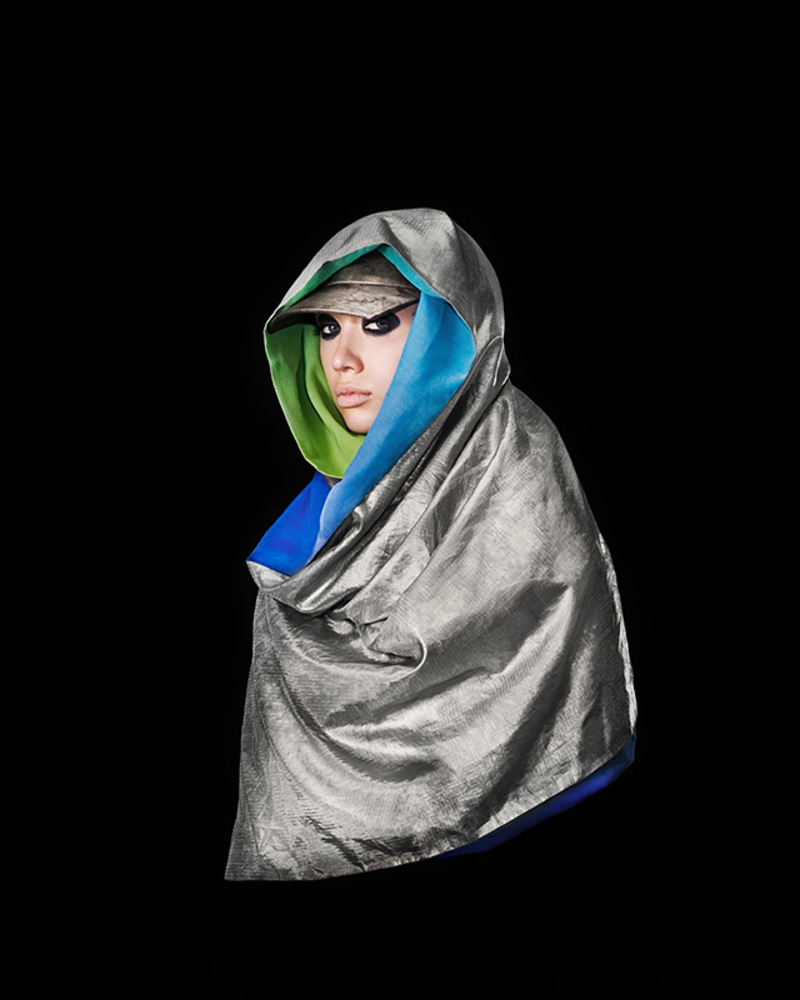Remember pagers? As outdated as they seem now, these were once seen as the technological tool of choice for drug dealers (to say nothing of doctors). The police also used to rely on “bumper-beepers” to track suspects in criminal investigations. There has always been an arms race of technology in crime and policing.
Today, most people have some passing familiarity with the rapidly changing world of surveillance: the revelations about the NSA’s bulk phone metadata collection, the emergence of unmanned drones, and the growing sophistication of biometric technology.
The problem is that most people aren’t well-versed in the Fourth Amendment’s third party doctrine, or the “business records” provision of the Patriot Act. The complexity of the law in these areas–and the fact that the concepts aren’t that intuitive–makes public debate about the appropriate scope of government surveillance difficult.
That’s where the artists come in.
There are a small but growing number of visual artists and designers who have raised questions about the tools of government surveillance in direct, provocative, and accessible ways.
Case #1: Brooklyn-based designer Adam Harvey has created a series of wearable objects that draw attention to the tools of mass surveillance. His Stealth Wear line of “anti-drone” clothing is made of a special fabric intended to thwart thermal imaging devices that could be mounted on unmanned police surveillance drones. (The FAA is in the midst of crafting regulations for a future in which unmanned drones will occupy our public airspace.) The state of the law on drones is changing. Although the Supreme Court’s Fourth Amendment cases probably don’t require the police to obtain a warrant for their use, many state legislatures are considering statutory limits. What Harvey’s work highlights in a direct and arresting way, however, is that the prospect of sophisticated eyes in the skies might force us to change our public habits, even our clothing, if we wish to retain some anonymity or privacy.

Anti-drone burqa
Case #2: The police and Facebook alike are becoming interested in the capabilities of facial recognition technology. This biometric computer software can scan a picture of a face and compare it to a database of stored information. The computer algorithms in the software typically focus on the areas around the eyes, nose, and mouth. Artist Zach Blas’s Face Cages takes this idea and makes it literal: a painful metal mask that represents the areas targeted by facial recognition technology. Scanning faces in a crowd, like the use of unmanned drones in public spaces, is a murky legal area. The Supreme Court’s Fourth Amendment cases probably don’t provide individual protections against these biometric technologies. But Blas’s work suggests how such technologies may be “trapping” us in ways that nevertheless threaten widely held beliefs about privacy.

Face cages
Case #3: New York based artist Heather Dewey-Hagborg’s Stranger Visions project takes on another cutting edge technology: the growing capacity of government to collect and analyze our genetic information. The art involves extracting DNA from discarded items Dewey-Hagborg finds in public spaces, such as cigarette butts and chewing gum. She then has the DNA extracted from these discarded items analyzed for specific genomic sequences associated with physical traits like hair and eye color, and creates life-size three dimensional masks of the persons she has “identified” from their garbage. Dewey-Hagborg’s faces are a best guess about the source of the DNA (although a recent scientific paper suggests that predictive modeling based on unidentified DNA samples could one day soon be a reality). The point isn’t accuracy, though. The Stranger Visions project asks us to confront directly how we feel about the fact that we are leaving genetic information behind everywhere we go. Should that information be considered as devoid of privacy expectations as the literal trash we throw away? Do we feel comfortable that third parties—both governmental and commercial—might be able to identify who we are from our genetic traces? The law here, too, is unclear at best.

Stranger Visions portrait
Enormous technological changes are making it possible for us to be identified, watched, and listened to in ways that were once unimaginable. What we should do about these changes is difficult because the surveillance is sometimes surreptitious, often complicated to understand, and undetermined with regard to is regulation.
Art has the power to question, provoke, and reveal new truths to us. These artists are opening up the conversation about the place of surveillance and the law in our lives to anyone willing to watch and to listen.
Elizabeth Joh is a Professor of Law at the University of California Davis School of Law, where she teaches and writes about criminal law and procedure, and is a Life of the Law advisory panel member. You can reach her at eejoh@ucdavis.edu or @elizabeth_joh.
Feature photo: Anti-drone burqa, Adam Harvey









